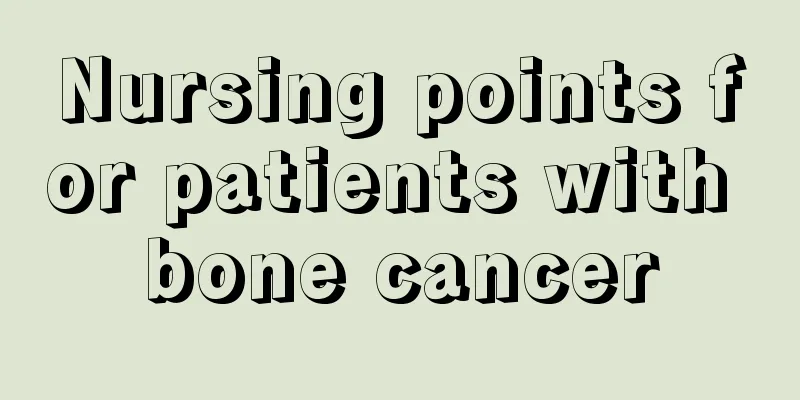What will happen if erythema nodosum is not treated?

|
Erythema nodosum is a skin disease that easily occurs in young and middle-aged women. The main cause of erythema nodosum is bacterial infection. Patients usually have symptoms of inflammation and pain in the affected area. However, because the clinical symptoms of erythema nodosum are not particularly serious, many patients think that it is okay if the disease is not treated. In fact, this idea is wrong. You must know that the key to any disease is timely treatment. So what will happen if erythema nodosum is not treated? Erythema nodosum is an inflammatory skin disorder in which tender, erythematous nodules appear under the skin, usually on the shins and occasionally on the arms and other areas. Erythema nodosum is an acute inflammatory disease that often affects the inner side of the calves below the knees on both legs. It can also affect the outer side of the calves, the thighs above the knees, and even the upper limbs. It is rare on the head and face. It manifests as bilateral symmetrical, bright red, dark red, or purple-red nodular lesions on the limbs, with obvious tenderness but generally no itching. Erythema nodosum is a self-limiting disease with a general course of about 3 weeks. In most patients, the rash completely disappears within 5 weeks. However, relapse is common, and complications of tuberculosis often affect the prognosis. This disease is mostly an acute process. Through treatment and nursing, the erythema can disappear in 3 to 6 weeks. No internal organs are found to be involved. The condition is mild and the prognosis is good. What happens if erythema nodosum is not treated? Usually, erythema nodosum is not a separate disease, but a manifestation of certain diseases or drug allergy. It is more common in young people and may recur after several months or years. Children often develop erythema nodosum after a cold or a sore throat (particularly a streptococcal infection). In adults, streptococcal infection and sarcoidosis are the most common causes. Other causes include leprosy, coccidioidomycosis, histoplasmosis, tuberculosis, psittacosis, lymphogranuloma venereum, and ulcerative colitis. The disorder may also be a drug reaction, particularly to sulfonamide-containing antibiotics, iodides, bromides, and oral contraceptives. If there are other secondary diseases, they should be treated actively. After knowing what will happen if erythema nodosum is not treated, it is recommended that all patients take this disease seriously. In addition, during treatment, you must pay attention to keeping the affected area clean and hygienic, and pay attention to your diet and avoid eating foods that are easy to irritate the skin. This can ensure better treatment results. |
<<: Do I need to do a puncture for thyroid nodules?
>>: What does erythema nodosum mean
Recommend
How many years can a dental inlay be used
Dental inlays are used to repair tooth defects. F...
Self-treatment gymnastics for cervical spondylosis
Cervical spondylosis is a relatively common disea...
What to do if your ears itch? Tips to help
Itchy ears are a common condition in daily life. ...
What are the advantages and disadvantages of essential oil back massage?
The so-called essential oil back push is the well...
How to use single essential oil
Essential oils are very common to us. There are m...
How to relieve the pain on the right side of the neck
If you often feel pain in the muscles on the righ...
What are the harms of drinking wolfberry tea
Wolfberry is a kind of traditional Chinese medici...
How to treat chlamydia infection in pigeons
Pigeons are a relatively common animal. Pigeon ch...
How to treat edema in late stage lung cancer
Lung cancer is a lung malignant tumor with a high...
What is the best medicine for glioma
Generally, when people are sick, they will choose...
What damage does alcohol cause to the liver
It is important to pay attention to the following...
How should we prevent liver cancer in our daily life? Several dietary taboos to prevent liver cancer
Humans replenish energy through food every day, a...
How do joint cysts form?
Joint cyst is a relatively common joint disease, ...
What is the function of hcg injection
This is something that every woman must go throug...
Home care for patients with kidney stones
Patients with kidney stones can be said to be in ...









